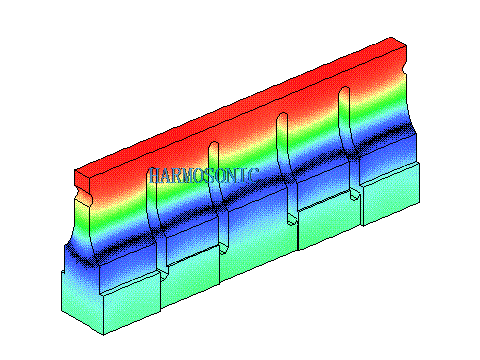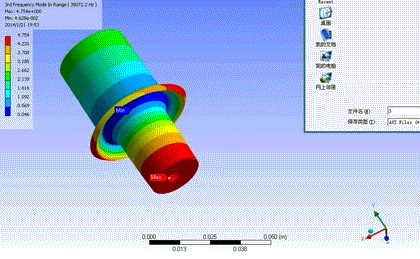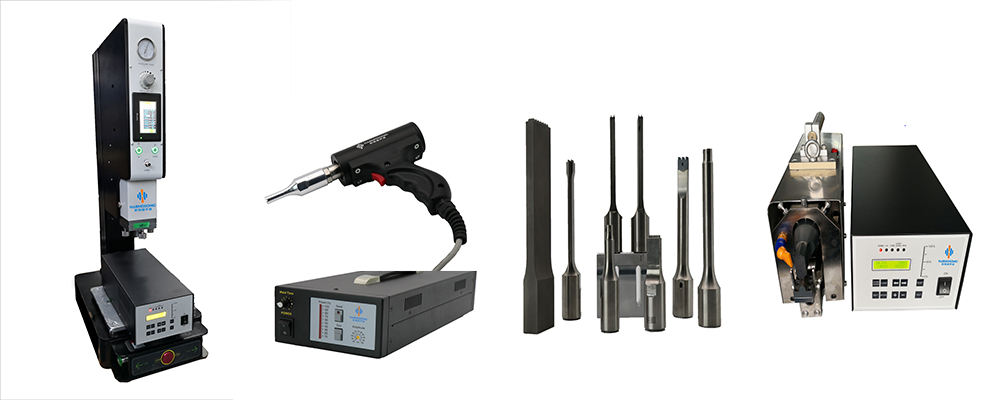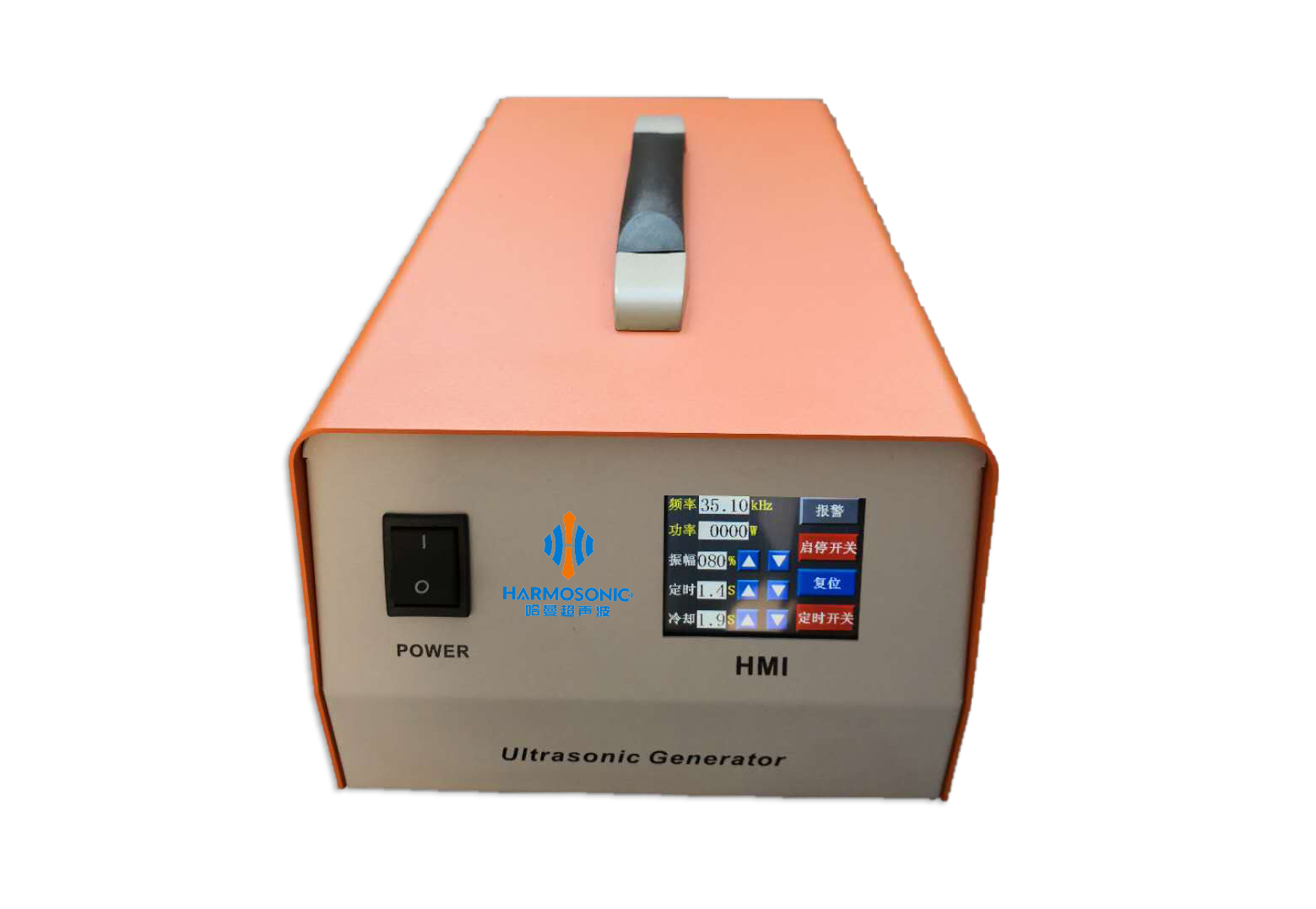

Ultrasonic mould
Through finite element analysis, the life is longer and the amplitude is uniform
-Ultrasonic technology has been widely used in metal and plastic welding process. Due to the high performance requirements of structural dynamics, traditional design methods of imitation and mold repair can no longer meet the changeable requirements of plastic products
-In this paper, based on the principle of ultrasonic plastic welding, the natural frequency and modal analysis are carried out by finite element method, and a new type of tooling is designed to meet the functional requirements of effective transmission and uniform distribution of vibration energy
- Details
- Parameter
1、With the development of ultrasonic technology, its application is more and more extensive, can be used to clean small dirty particles, can also be used in metal or plastic welding
2、In the production of new electricity meters, ultrasonic waves are also used to fuse the upper and lower surface shells together. However, it is found in the process of use that some fixtures will crack and other failures will occur after being installed on the machine for a short period of time, and some fixtures welding products have a high defect rate
3、Various faults have caused serious impact on production. According to the understanding, because the equipment supplier's design ability for tooling is limited, it is often through repeated mold repair to reach the design target. Therefore, it is necessary for us to use our own technical advantages to develop durable tooling and a reasonable design method
Principle of ultrasonic plastic welding
(1)Ultrasonic plastic welding is a kind of processing method which USES local high temperature melting and combination of welding surface friction when thermoplastic is subjected to high frequency forced vibration
(2)In order to achieve good ultrasonic welding effect, equipment, materials and process parameters need to cooperate. The following is a brief introduction to its principle










